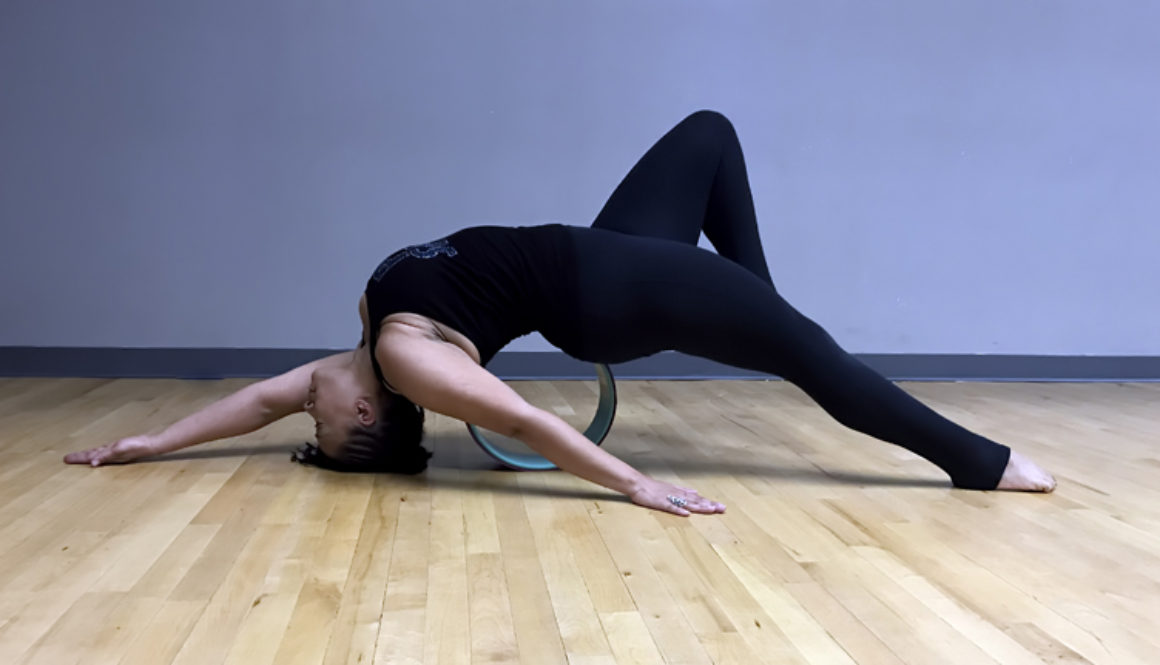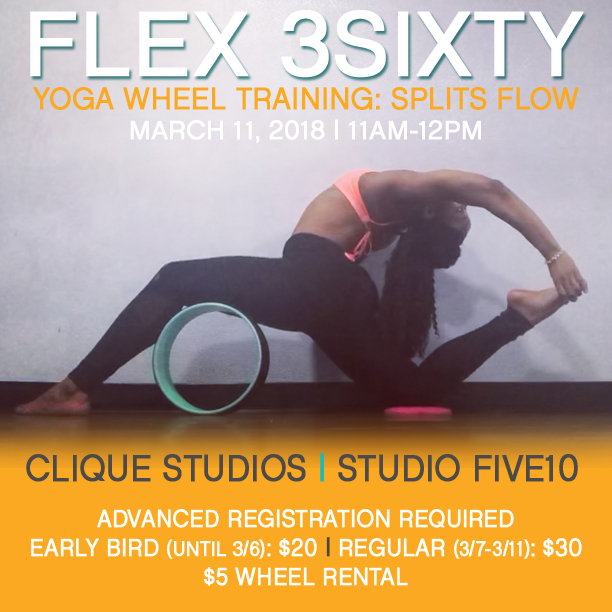Competition Curious?
Let’s face it, the thought of stepping up on the stage to compete is both exciting and nerve wracking. I mean, on one hand, who doesn’t want to take your passion (or in some of our cases obsession) to the stage and show of all of the accomplishments you’ve been making in class. On the other hand, fear of falling, forgetting a move or anything other than a stellar performance is enough to scare you away from your goal before you even begin. Despite the your nervous concerns, there’s still a part of you that interested and that’s the part of you I want to speak to. Now, this post isn’t for the people that have competed before and absolutely hate it, those that just have absolutely no interest in competing, and those that go Texas cheerleader psycho competitor when they compete and avoid competition to keep their cray contained. However, for the people that are competition curious, that are on the fence about competing, or maybe even unsure about competing again here are the top seven reasons why you absolutely should.
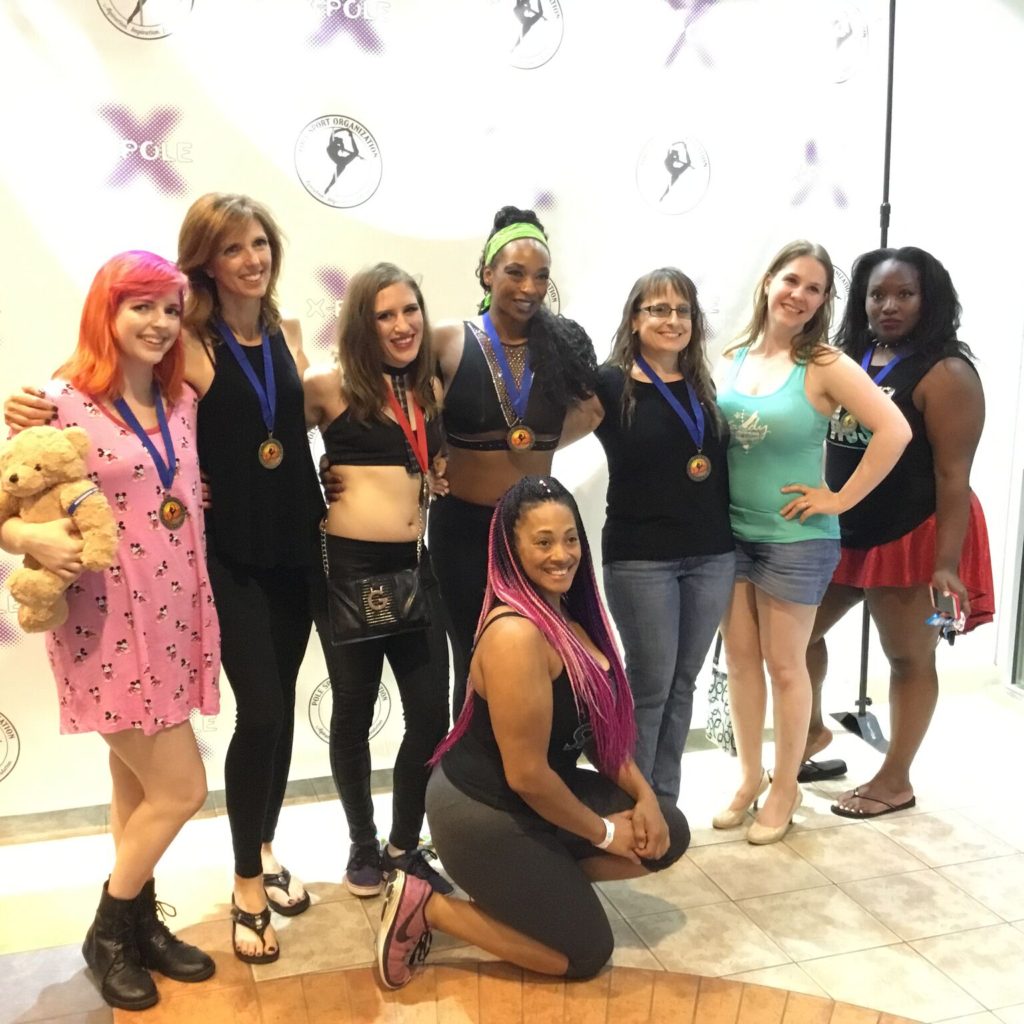
#1. It forces you to take ownership of your growth. It’s one thing to come to class every week and learn from your instructors, and maybe you retain what you learn each week and possibly retrain those skills during your personal practice or freestyles (in most cases people don’t), but when you compete, you are developing something far bigger and better than what you learn in weekly classes. You’re planting a seed, nurturing it by practicing every week and then putting it in action when you hit the stage. During the process you will likely have help from your pole peers, studio owner, instructors or personal coach, however it’s still on you to make the time to practice and do the work. We can support you, encourage you and help you but we can’t do it for you. And if you’re not putting in the work it will show in your rehearsals and your recovery.
#2. You grow exponentially. When we just attend certain classes each week (not taking full advantage of the class schedule studios offer) we tend to limit our overall growth, create pattern overload and miss out on so much. It never fails, that once people enter the competition process, they start to see how important flexibility, strength & conditioning, flow and artistic elements become. This is often when I see the most new faces in classes and private coaching requests, because all of a sudden there’s an urgency to fill in those missing performance elements.
#3. You become more than a hashtag and picture moment. Again, it’s one thing to go to class week to week and learn a trick here and there. . .many that we never revisit again. And often when we do finally wiggle, munch and adjust our way into the trick, the focus is just getting that perfect picture moment for the gram. But let’s be real, so often there is very little focus on how you get in and out of the trick, smoothing out transitions, understanding how to sequence and layer moves – all of which will help your flow and make you a better dancer. Well when you compete, you learn how to do these things as you put together your performance piece.
#4. It builds confidence. For so many people, being able to create something, see it through to the end and have your moment on stage (regardless of the placements) does so much to build your confidence. You find that you’re already a winner before you hit the stage just for embarking on the journey and seeing how strong you become along the way.
#5. Your strength and endurance and conditioning will improve immensely! Being able to do a 2-4 minute routine on stage is tough if you haven’t built up the proper strength and endurance, doing it with a smile (or whatever emotion you’re trying to convey) is even harder if you’re not in the shape that your piece requires. Through the competition process you’ll get a better understanding and hopefully appreciation for your instructors and why they push you the way that they do. You’ll learn the value of conditioning, core strength, lines and pointed toes and more.
#6. Builds stronger bonds with your pole family. For the people that are a part of a studio or competition team, those bonds between you and your pole peers grow during the competition season. I see so many people getting closer, supporting each other, rallying around each other, being emotionally supportive, helping with costume and makeup, and so much more. It’s really such a beautiful sight to see.
#7. It’s an accomplishment that no one can take away from you. Your routine is a creation that you brought to life. Even if you had assistance, you developed it, improved upon it each practice and then performed it with passion. The experience and growth that comes with this accomplishment is 110% you.
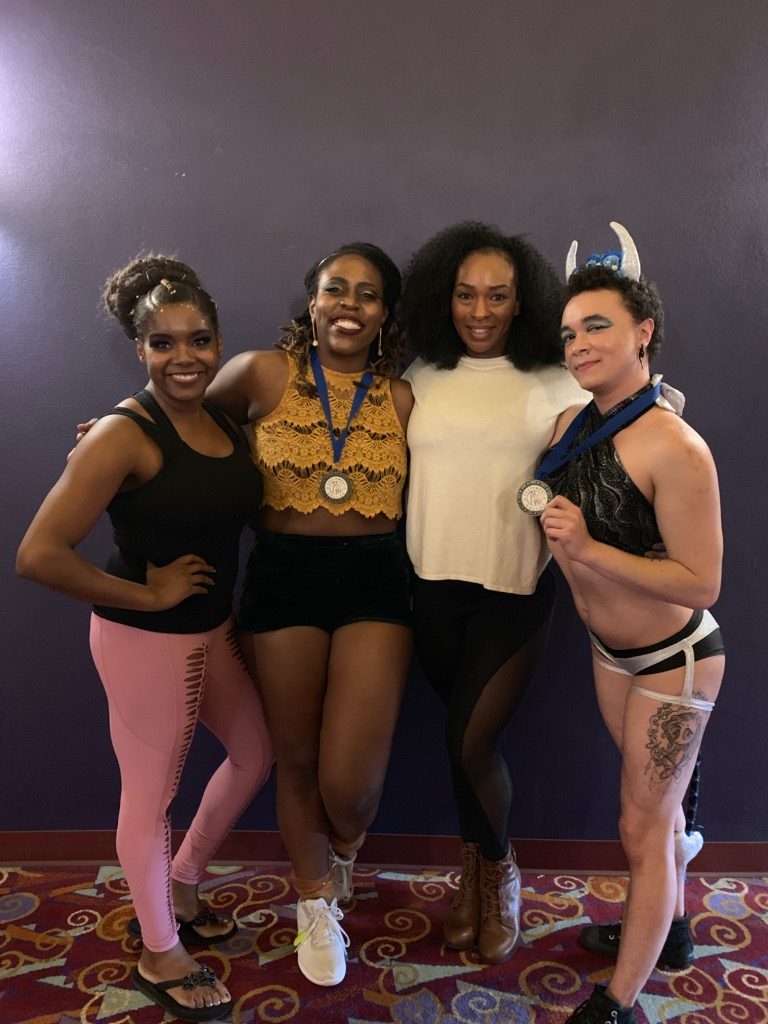
There’s so much more than just these seven things that I’ve shared with you. At the end of the day, you have nothing to lose and everything to gain. I’ve coached a lot of people over the years, some that haven’t won and others that have won many times, although honestly it’s not about winning. I never guarantee a win and that’s what makes the process so sweet. These men and women come in with the focus of just getting better and it makes it even sweeter because they’ve already won so much before adding in any additional hardware.
While I focus on competitions, any performance opportunity like a studio open house or competition showcase will still provide you with the same growth, but a certainly a little less stress. So if you’re still competition curious and feeling more excited than before then give me a shout and let’s get started on this journey! I’m here to help answer any questions you have, finding the right competition, private coaching, choreography assistance and more.

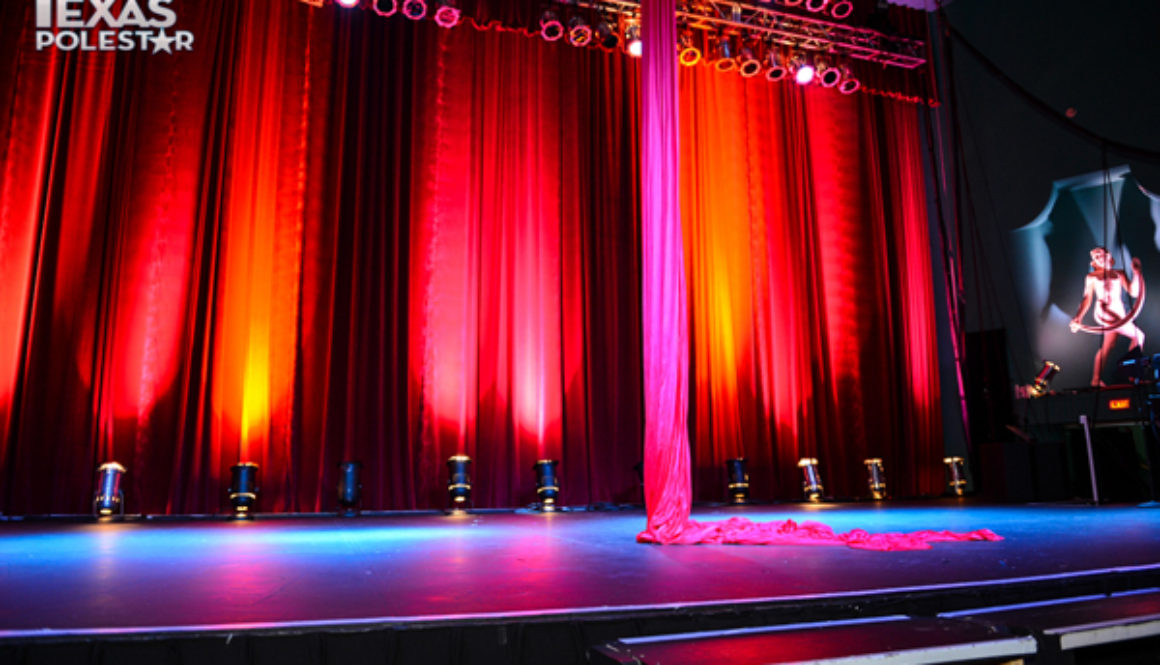
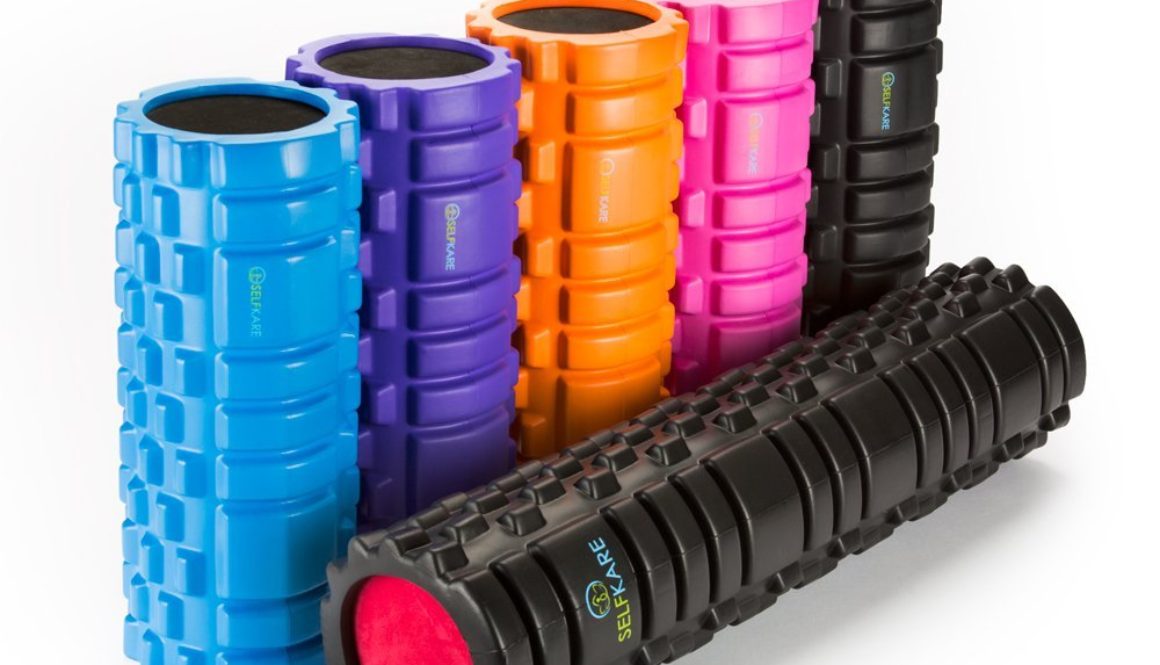

 Although I am getting better at it. I too am guilty of not taking time to deal with my mental and emotional stress. Back when I was in corporate America, I was under so much stress and pressure that my emotional, mental and physical health were ALL in the negative. I was being pressed to be the best at work, being pulled in multiple directions, studying for my MBA and just trying to not suck at life. As a result, I was spending $100 on 4 migraine pills multiple times a month just to get to the point of average functionality. It took leaving that world to help me realize the importance of my overall health and well-being and to put me first. I know what you’re thinking: I don’t have time or I don’t have a choice…I HAVE to do x,y,z and I can wait. Well let me tell you, this is the WRONG approach. You can’t wait, nor should you have to. YOU are the most important thing in your life and when you’re not operating at your best, everything else in your life will suffer. And trust me when I say, you don’t want to hit the meltdown point before seeing help and YOU TIME.
Although I am getting better at it. I too am guilty of not taking time to deal with my mental and emotional stress. Back when I was in corporate America, I was under so much stress and pressure that my emotional, mental and physical health were ALL in the negative. I was being pressed to be the best at work, being pulled in multiple directions, studying for my MBA and just trying to not suck at life. As a result, I was spending $100 on 4 migraine pills multiple times a month just to get to the point of average functionality. It took leaving that world to help me realize the importance of my overall health and well-being and to put me first. I know what you’re thinking: I don’t have time or I don’t have a choice…I HAVE to do x,y,z and I can wait. Well let me tell you, this is the WRONG approach. You can’t wait, nor should you have to. YOU are the most important thing in your life and when you’re not operating at your best, everything else in your life will suffer. And trust me when I say, you don’t want to hit the meltdown point before seeing help and YOU TIME. 
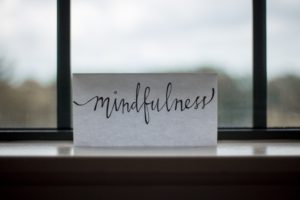 Ladies, you don’t have to be superwoman. You cannot give your best to anyone if you do not take care of yourself first. You have to find that balance with your mental, physical and emotional health. You are allowed to take mental health days. You are allowed to cry. You are allowed to have ME TIME. There is nothing wrong with being human. Know that self care can make all the difference in maintaining a well-balanced life. One practice that I was doing regularly before my accident was keeping my phone on silent until after my am cardio session. ANY and ALL business was put on hold until I did something for me each day. Even with family, if it wasn’t an emergency then I wasn’t responding until after my ME Time. I was able to focus on me and reflect on the day ahead and it was the best downtime. Making this my workout time allowed me to knock out two birds with one stone.
Ladies, you don’t have to be superwoman. You cannot give your best to anyone if you do not take care of yourself first. You have to find that balance with your mental, physical and emotional health. You are allowed to take mental health days. You are allowed to cry. You are allowed to have ME TIME. There is nothing wrong with being human. Know that self care can make all the difference in maintaining a well-balanced life. One practice that I was doing regularly before my accident was keeping my phone on silent until after my am cardio session. ANY and ALL business was put on hold until I did something for me each day. Even with family, if it wasn’t an emergency then I wasn’t responding until after my ME Time. I was able to focus on me and reflect on the day ahead and it was the best downtime. Making this my workout time allowed me to knock out two birds with one stone. 
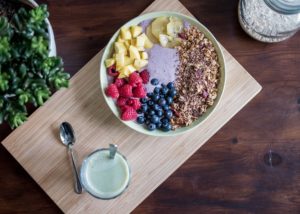 Let’s talk about when and what to eat before a workout…because FOOD matters. That pre-workout meal is what Fuels your fitness and is essential if you want to get the most out of your workouts. The workouts I’m talking about are non-cardio based workouts that involve lifting weights and/or bodyweight. (Pre-cardio food intake can different vastly). Eating before your workout is important because that food turns into fuel allowing you the energy, stamina and focus you need to perform better.
Let’s talk about when and what to eat before a workout…because FOOD matters. That pre-workout meal is what Fuels your fitness and is essential if you want to get the most out of your workouts. The workouts I’m talking about are non-cardio based workouts that involve lifting weights and/or bodyweight. (Pre-cardio food intake can different vastly). Eating before your workout is important because that food turns into fuel allowing you the energy, stamina and focus you need to perform better.  Just as important as your food is your water intake. Hydration is essential! As women, we should be consuming 91-95 oz/day (approx. 12 cups). I like to start the day and end the day by just chugging 16oz…talk about a way to jumpstart the system and flush things out. You should also increase your water intake before your workout, continue consuming water throughout your workout and give yourself a water boost after your workout. BTW, this image has very little to do with the post other than it’s a hot guy drinking water which I hope inspires you to drink more water too! lol.
Just as important as your food is your water intake. Hydration is essential! As women, we should be consuming 91-95 oz/day (approx. 12 cups). I like to start the day and end the day by just chugging 16oz…talk about a way to jumpstart the system and flush things out. You should also increase your water intake before your workout, continue consuming water throughout your workout and give yourself a water boost after your workout. BTW, this image has very little to do with the post other than it’s a hot guy drinking water which I hope inspires you to drink more water too! lol.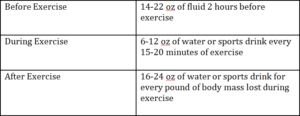

 While this affects all sexes, I chose to focus in on women, mostly because I can speak from personal experience. As women, I feel that we put more emphasis and money into our hair, lash extensions, nails and shape-wear – hell, I did. Not because we don’t care about our bodies, but rather, because these bandaids are “easier” and offer almost instant gratification. I mean really, we spend more on cosmetic bandaids than it would cost to high a trainer and eat healthier. Hundreds to thousands of dollars are spent monthly on cosmetic enhancements and let’s not even get into things like botox, fillers, waxing, tanning etc. Now, I’m not saying some of these things aren’t important. I’m saying that they are equally “expensive” and simply offer quicker results with less discomfort. The discomfort required for change and the time it takes to see results is a turn off and discourages women from reaching their fit potential. Bodywork is a long-term commitment requiring a lifestyle change if you want to maintain it. And there are no true shortcuts, as shortcuts lead to quick endings and constant restarts. For example, things like weaves and fake nails are shortcuts to long healthy hair and nails.
While this affects all sexes, I chose to focus in on women, mostly because I can speak from personal experience. As women, I feel that we put more emphasis and money into our hair, lash extensions, nails and shape-wear – hell, I did. Not because we don’t care about our bodies, but rather, because these bandaids are “easier” and offer almost instant gratification. I mean really, we spend more on cosmetic bandaids than it would cost to high a trainer and eat healthier. Hundreds to thousands of dollars are spent monthly on cosmetic enhancements and let’s not even get into things like botox, fillers, waxing, tanning etc. Now, I’m not saying some of these things aren’t important. I’m saying that they are equally “expensive” and simply offer quicker results with less discomfort. The discomfort required for change and the time it takes to see results is a turn off and discourages women from reaching their fit potential. Bodywork is a long-term commitment requiring a lifestyle change if you want to maintain it. And there are no true shortcuts, as shortcuts lead to quick endings and constant restarts. For example, things like weaves and fake nails are shortcuts to long healthy hair and nails. 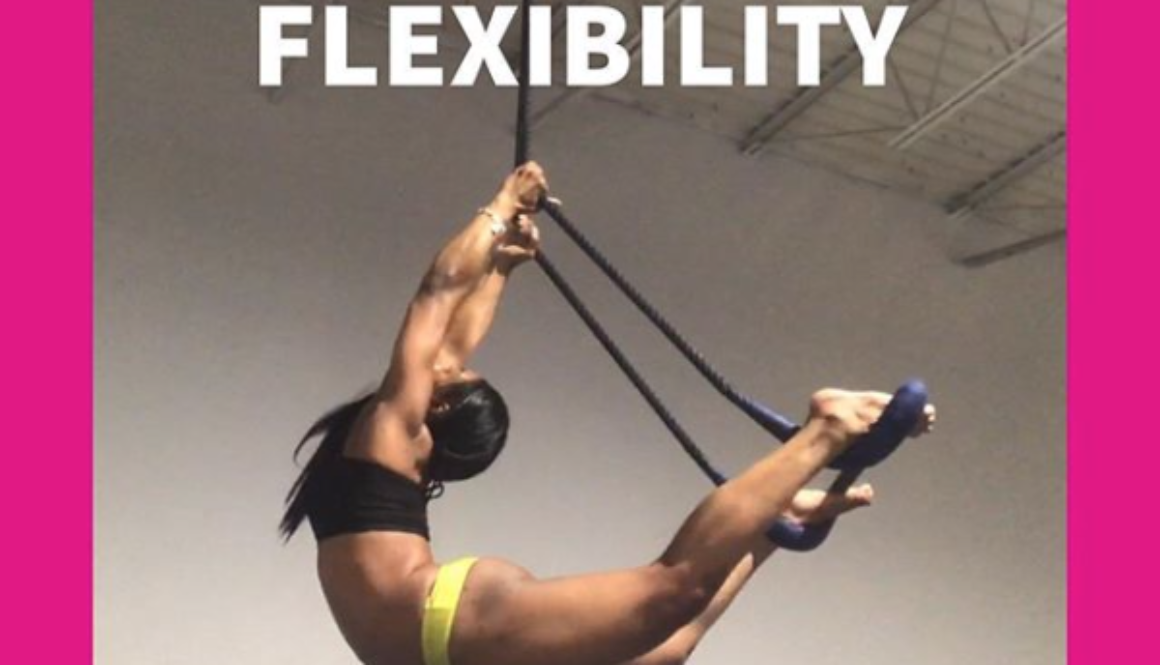
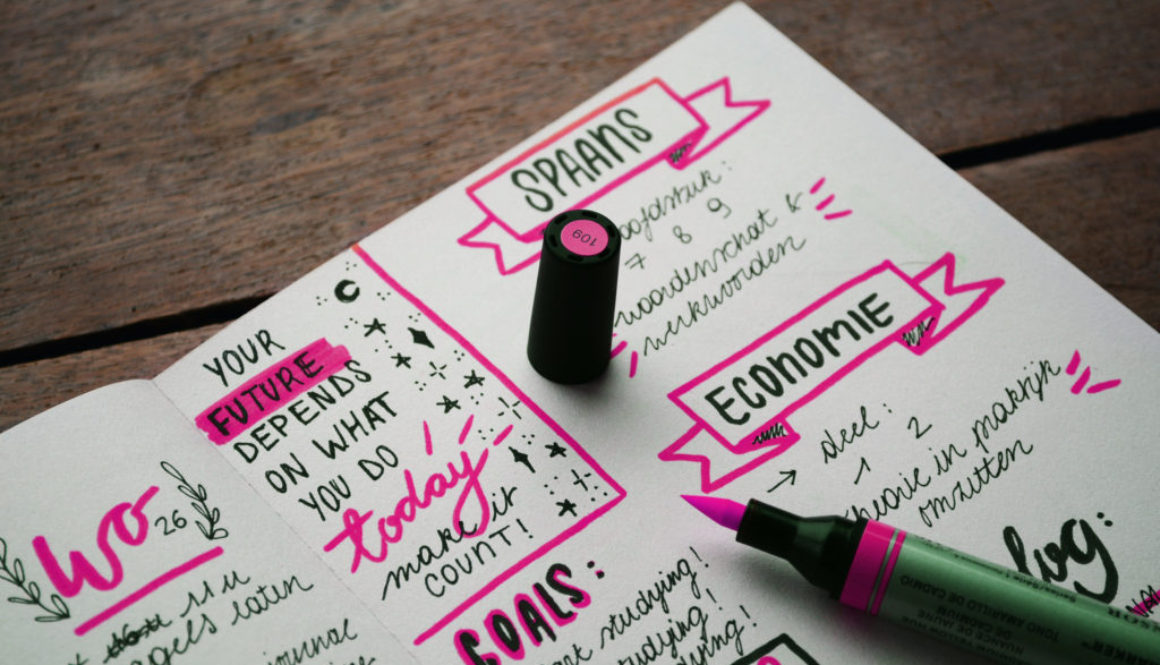
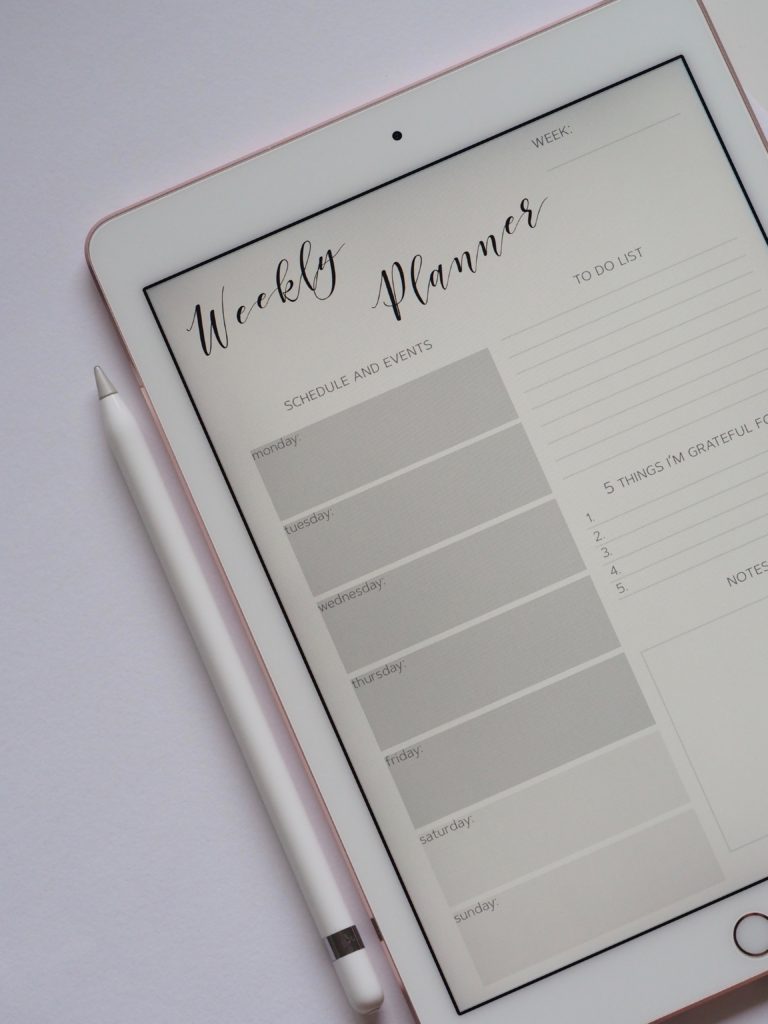 2019 is finally here and my wall is full of goal posts (pun intended lol). Everyone is habitually sharing their goals and resolutions, while cheerfully optimistic about what this new year will bring. I feel like goal setting New Year’s resolutions is a socially-conscious, obligatory tradition.
2019 is finally here and my wall is full of goal posts (pun intended lol). Everyone is habitually sharing their goals and resolutions, while cheerfully optimistic about what this new year will bring. I feel like goal setting New Year’s resolutions is a socially-conscious, obligatory tradition.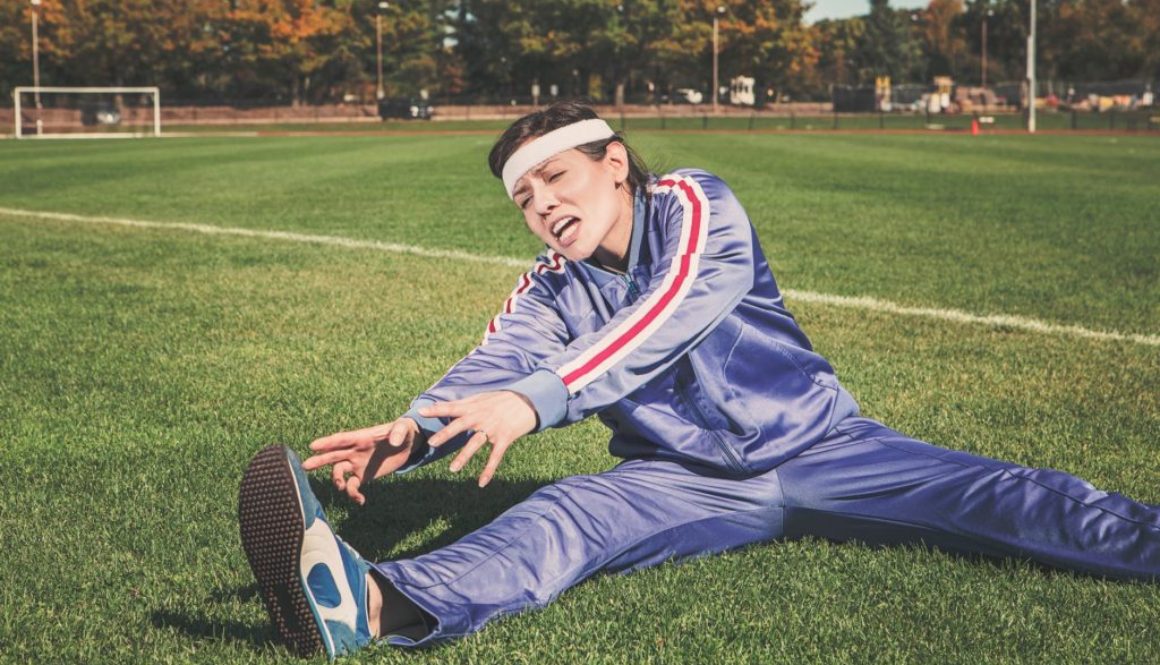
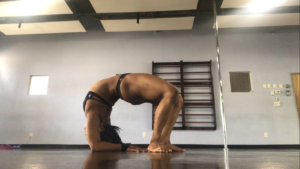 ing anatomy and muscle chains, proper sequencing, understanding how the body responds to certain movements, moving better, mobility, range of motion, strengthening, functional flexibility, flexibility for a particular sport, contortion, fluidity and flow, etc. These things matter! This is not something that can be mastered in one day, let alone in a five minute video. Unless you already have the strength and flex-Ability, but are lacking in the form and technique departments, getting a move “by the end of this video” or “by the end of the day” is unlikely.
ing anatomy and muscle chains, proper sequencing, understanding how the body responds to certain movements, moving better, mobility, range of motion, strengthening, functional flexibility, flexibility for a particular sport, contortion, fluidity and flow, etc. These things matter! This is not something that can be mastered in one day, let alone in a five minute video. Unless you already have the strength and flex-Ability, but are lacking in the form and technique departments, getting a move “by the end of this video” or “by the end of the day” is unlikely.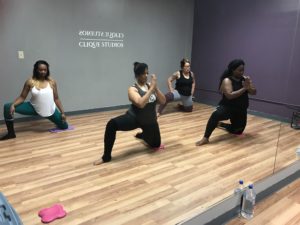 As adults, we can certainly improve flexibility but we cannot instantly sprout that same degree of “kid-like” flexibility. As we age, our ligaments and tendons (muscle fibers) become less elastic along with muscle loss of course. On top of that, many of us nowadays have a very sedentary lifestyle and if we don’t routinely stretch our muscle fibers, we start to suffer stiffness; cranky, achy joints and muscles; and more limited range of motion. Also keep in mind that kids/teens also tend to be more active than working adults living a mostly sedentary lifestyle. So developing flexibility as an adult can be difficult, but it’s not impossible!
As adults, we can certainly improve flexibility but we cannot instantly sprout that same degree of “kid-like” flexibility. As we age, our ligaments and tendons (muscle fibers) become less elastic along with muscle loss of course. On top of that, many of us nowadays have a very sedentary lifestyle and if we don’t routinely stretch our muscle fibers, we start to suffer stiffness; cranky, achy joints and muscles; and more limited range of motion. Also keep in mind that kids/teens also tend to be more active than working adults living a mostly sedentary lifestyle. So developing flexibility as an adult can be difficult, but it’s not impossible!